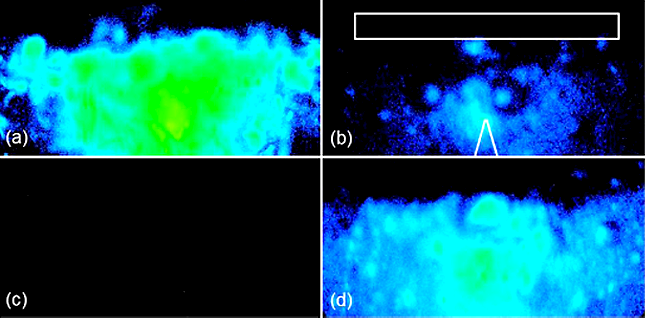

The рeformation of liquid hydrocarbons in an aqueous discharge reactor
X. Zhang and M.S. Cha
J. Phys. D: Appl. Phys., Issue 48, 215201, (2015)

We present an aqueous discharge reactor for the reformation of liquid hydrocarbons. To increase a dielectric constant of a liquid medium, we added distilled water to iso-octane and n-dodecane. As expected, we found decreased discharge onset voltage and increased discharge power with increased water content. Results using optical emission spectroscopy identified OH radicals and O atoms as the predominant oxidative reactive species with the addition of water. Enriched CH radicals were also visualized, evidencing the existence of cascade carbon?carbon cleavage and dehydrogenation processes in the aqueous discharge. The gaseous product consisted primarily of hydrogen, carbon monoxide, and unsaturated hydrocarbons. The composition of the product was readily adjustable by varying the volume of water added, which demonstrated a significant difference in composition with respect to the tested liquid hydrocarbon. In this study, we found no presence of CO2 emissions or the contamination of the reactor by solid carbon deposition. These findings offer a new approach to the reforming processes of liquid hydrocarbons and provide a novel concept for the design of a practical and compact plasma reformer.